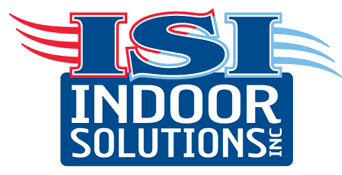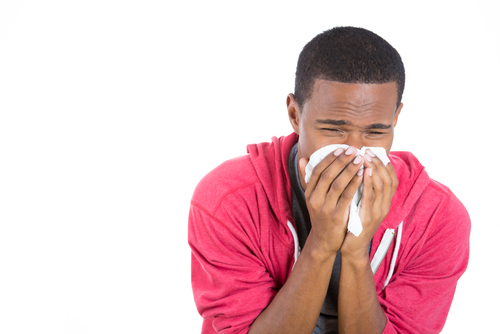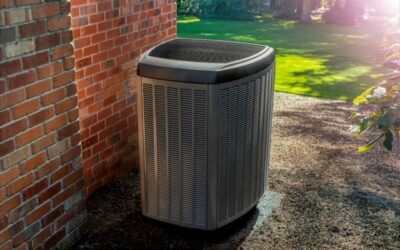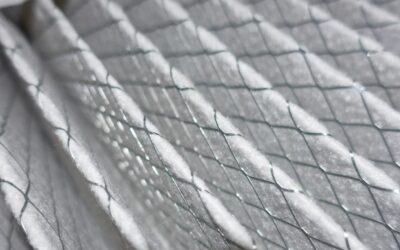For those with allergies or asthma, inside seems like the safest place to be when allergy season hits. However, according the the Environmental Protection Agency (EPA), many indoor spaces harbor more pollutants and allergens than the air outside. To conserve energy, buildings today are tightly sealed, but this limits ventilation and encourages the presence of allergens and other pollutants.
What Are Indoor Allergens And How Do They Effect Health?
According to some estimates, dust mites may be present in 8 out of 10 homes, while 6 out of 10 homes probably harbor pet dander. For those who live in warm climes or in the inner cities, cockroaches may be present, and their droppings can cause allergic reactions. Airborne contaminants can also include mold, excessive dust, mold spores, bacteria and viruses in addition to pollen. Allergy symptoms can range from mild to severe and can affect nasal passages, sinuses, airways, the digestive system and skin. Symptoms can include:
- Runny nose
- Sneezing
- Coughing
- Sensitive, watery, itchy eyes
- Skin flaking or peeling
- Rashes and itchy skin
- Fatigue
- Nausea and vomiting
How To Reduce Allergens In Your Home
While certain medications can help allergy-sufferers, the best way to treat allergies is to eliminate the allergens that are causing the reaction. HVAC filters are designed to trap airborne particles, so it’s important to clean or replace air filters every month. With pets, you may need to clean or change your HVAC filters more often. Monthly visits from a pest control company can reduce the presence of cockroaches and help to keep indoor air free of their droppings. In homes with allergy-sufferers, it’s important to have sufficient ventilation and to keep humidity from becoming too high or too low. Balancing indoor humidity levels with a whole-house humidifier and increasing the flow of fresh air with an energy-recovery ventilator will keep indoor air pollution from gaining a foothold.
Are There Products And Services That Improve Indoor Air Quality?
There are many effective HVAC products specially designed to prevent and remove indoor allergens. UV lights, for example, can keep black mold, bacteria and viruses from growing in your HVAC equipment. Air purifiers can trap up to 99 percent of indoor allergens, and carbon monoxide detectors can alert you to gas leaks. If your HVAC system relies on duct work, duct cleaning will get rid of any allergens, pests, mold or other contaminants that may be lurking there. Want to learn more about cleaner indoor air in your West Point, GA, home? Contact ISI Indoor Solutions, Inc.
Image provided by Shutter Stock.




